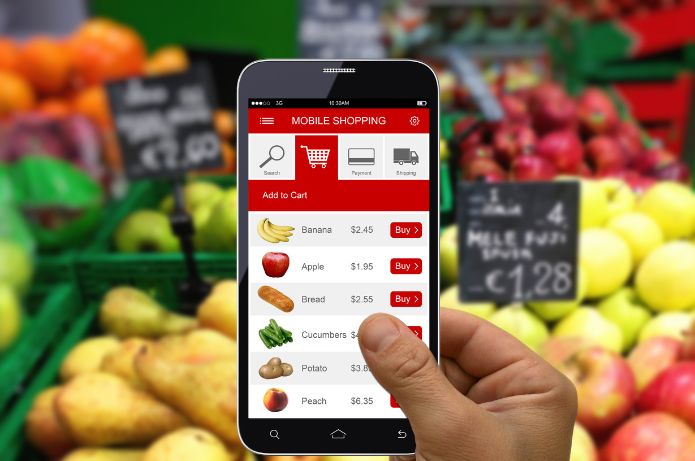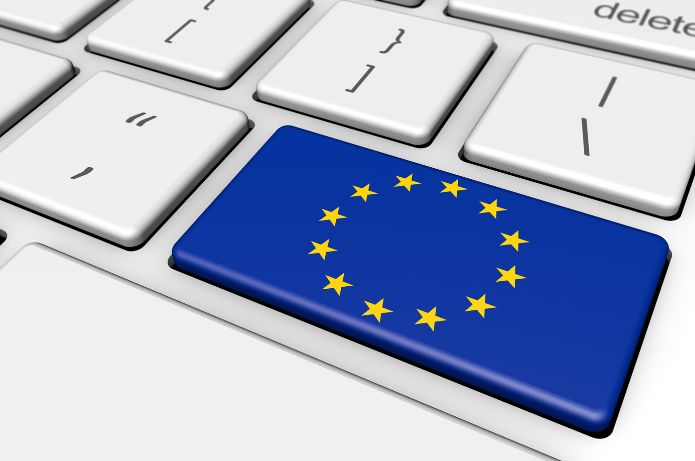Definition:
KPI, sigla para Key Performance Indicator (Indicador-Chave de Desempenho, em português), é uma métrica quantificável usada para avaliar o desempenho de uma organização, departamento, projeto ou indivíduo em relação a objetivos específicos e pré-definidos.
Main concept:
Os KPIs são ferramentas essenciais para o gerenciamento de desempenho, fornecendo insights objetivos sobre o progresso em direção às metas estabelecidas e auxiliando na tomada de decisões estratégicas.
Características dos KPIs:
1. Específicos: Focados em áreas particulares de desempenho.
2. Mensuráveis: Quantificáveis e objetivamente verificáveis.
3. Atingíveis: Realistas e alcançáveis dentro do contexto da organização.
4. Relevantes: Alinhados com os objetivos estratégicos da empresa.
5. Temporais: Associados a um período de tempo específico.
Importância dos KPIs:
1. Alinhamento estratégico: Garantem que as atividades estejam alinhadas com os objetivos da organização.
2. Tomada de decisão baseada em dados: Fornecem informações concretas para embasar decisões.
3. Monitoramento de progresso: Permitem acompanhar o avanço em direção às metas estabelecidas.
4. Identificação de problemas: Ajudam a detectar áreas que necessitam de melhoria.
5. Motivação: Estabelecem metas claras para equipes e indivíduos.
Tipos de KPIs:
1. Financeiros:
– Receita
– Lucro
– Retorno sobre Investimento (ROI)
– Fluxo de caixa
2. De cliente:
– Satisfação do cliente
– Taxa de retenção
– Lifetime Value (LTV)
– Net Promoter Score (NPS)
3. De processos internos:
– Eficiência operacional
– Tempo de ciclo
– Taxa de defeitos
– Produtividade
4. De aprendizado e crescimento:
– Treinamento de funcionários
– Inovação
– Retenção de talentos
5. De marketing e vendas:
– Taxa de conversão
– Custo de aquisição de cliente (CAC)
– Tráfego do site
– Engajamento nas redes sociais
6. De recursos humanos:
– Rotatividade de funcionários
– Satisfação dos funcionários
– Tempo médio de preenchimento de vagas
Como estabelecer KPIs eficazes:
1. Alinhar com objetivos estratégicos: Garantir que os KPIs reflitam as metas da organização.
2. Limitar a quantidade: Focar nos indicadores mais críticos para evitar sobrecarga de informações.
3. Definir metas claras: Estabelecer benchmarks e objetivos específicos para cada KPI.
4. Garantir mensurabilidade: Assegurar que os dados possam ser coletados e analisados de forma confiável.
5. Revisar periodicamente: Adaptar os KPIs conforme as mudanças nos objetivos ou no ambiente de negócios.
Ferramentas para monitoramento de KPIs:
1. Dashboards: Painéis visuais que exibem KPIs em tempo real.
2. Softwares de Business Intelligence (BI): Ferramentas para análise e visualização de dados.
3. Planilhas: Soluções simples para organizações menores ou projetos específicos.
4. Plataformas de gerenciamento de desempenho: Sistemas integrados para rastreamento e análise de KPIs.
Desafios na implementação de KPIs:
1. Escolha de métricas inadequadas: Seleção de KPIs que não refletem adequadamente o desempenho real.
2. Excesso de indicadores: Foco em muitos KPIs, levando à perda de foco.
3. Falta de contexto: Interpretação incorreta dos dados sem considerar fatores externos.
4. Manipulação de dados: Tentativas de influenciar artificialmente os resultados dos KPIs.
5. Resistência à mudança: Dificuldade em adotar uma cultura baseada em métricas.
Melhores práticas para uso de KPIs:
1. Comunicação clara: Garantir que todos entendam o significado e a importância dos KPIs.
2. Atualização regular: Manter os dados atualizados para tomada de decisões oportuna.
3. Ação baseada em insights: Utilizar as informações dos KPIs para implementar melhorias.
4. Balanceamento: Considerar uma mistura de indicadores de longo e curto prazo.
5. Contextualização: Analisar os KPIs em conjunto com outros fatores relevantes.
Tendências futuras em KPIs:
1. KPIs em tempo real: Métricas atualizadas instantaneamente para decisões mais ágeis.
2. Inteligência Artificial: Uso de IA para análise preditiva e identificação de padrões em KPIs.
3. Personalização: KPIs adaptados para diferentes níveis e funções dentro da organização.
4. Integração de dados: Combinação de fontes de dados diversas para KPIs mais abrangentes.
5. Foco em sustentabilidade: Inclusão de métricas ambientais, sociais e de governança (ESG).
Conclusion:
Os KPIs são ferramentas essenciais para o gerenciamento moderno, fornecendo uma base objetiva para avaliar o desempenho e orientar a tomada de decisões estratégicas. Ao implementar KPIs eficazes, as organizações podem alinhar suas atividades com os objetivos gerais, identificar áreas de melhoria e impulsionar o crescimento contínuo.
A utilização bem-sucedida de KPIs requer uma abordagem cuidadosa, desde a seleção de métricas relevantes até a interpretação adequada dos dados coletados. É crucial manter um equilíbrio entre diferentes tipos de indicadores, garantindo uma visão holística do desempenho organizacional.
À medida que as tecnologias evoluem, os KPIs também se transformam, incorporando análises em tempo real, inteligência artificial e uma maior ênfase em fatores de sustentabilidade. Essas tendências prometem tornar os KPIs ainda mais poderosos e integrados aos processos de negócios.
Em última análise, os KPIs não são apenas números, mas ferramentas que, quando usadas corretamente, podem impulsionar a inovação, motivar equipes e guiar organizações em direção ao sucesso sustentável. Ao adotar uma cultura baseada em métricas e aprendizado contínuo, as empresas podem se posicionar de forma mais competitiva em um ambiente de negócios em constante mudança.
Para maximizar o valor dos KPIs, é essencial que as organizações mantenham uma mentalidade adaptativa, revisando e ajustando regularmente seus indicadores para garantir que permaneçam alinhados com as metas e desafios em evolução. Desta forma, os KPIs continuarão a ser um instrumento vital para medir, gerenciar e impulsionar o sucesso nos negócios no futuro previsível.











